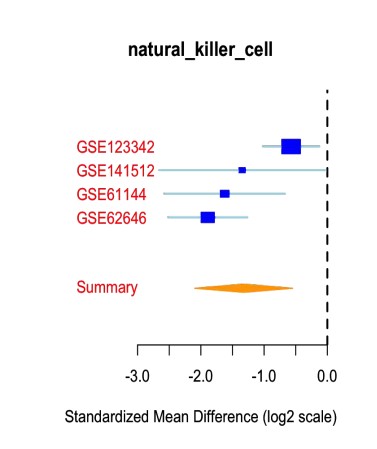Comprehensive Bioinformatics Meta-Analysis of Coronary Artery Disease and Myocardial Infarction
DOI:
https://doi.org/10.58445/rars.67Keywords:
Coronary Artery Disease, Myocardial Infarction, Bioinformatics, Computational BiologyAbstract
Coronary Artery Disease (CAD) and Myocardial Infarction (MI) are the leading causes of mortality in the United States. Certain genes have been shown through bioinformatics analysis to be related to CAD and MI, but are not incorporated into USPSTF Guidelines. In this study, we aimed to create a model of diagnosis and prognosis in adult patients with coronary artery disease and myocardial infarction from 10 diverse datasets, and also aimed to identify biological pathways, immune cells, and drugs related to CAD and MI to improve biological understanding of these conditions. Using the R MetaIntegrator Package and multiple datasets including the Gene Expression Omnibus, Library of Integrated Network-Based Cellular Signatures, and Reactome, we analyzed data from 10 datasets and found a high predictive value in predicting patients with either CAD or MI. We also used the gene signatures generated through our original meta-analysis to identify significant biological pathways, which included oncogene induced senescence (p < 0.05) and neutrophil degranulation (p = 0.000275), significant drugs that could be potential treatments for CAD or MI, which included enzalutamide (r = -0.5464015, p = 3.043318e-08, FDR = 3.800495e-05) and ibutilide (r = -0.5209267, p = 1.663780e-07, FDR = 9.198588e-05), and significant immune cells using immune cell deconvolution, which included natural killer cells. We conclude that through these results, we have created a more biologically heterogeneous gene signature and meta-analysis to predict diagnosis and prognosis in patients in patients with CAD and MI, and found new biological pathways, drugs, and immune cells that can be used to improve understanding of the conditions and treat them.

Downloads
Posted
Versions
- 2022-12-20 (6)
- 2022-12-20 (5)
- 2022-12-20 (4)
- 2022-12-20 (3)
- 2022-11-16 (2)
- 2022-11-10 (1)
Categories
License
Copyright (c) 2022 Rachana Gurudu

This work is licensed under a Creative Commons Attribution-NonCommercial-NoDerivatives 4.0 International License.

